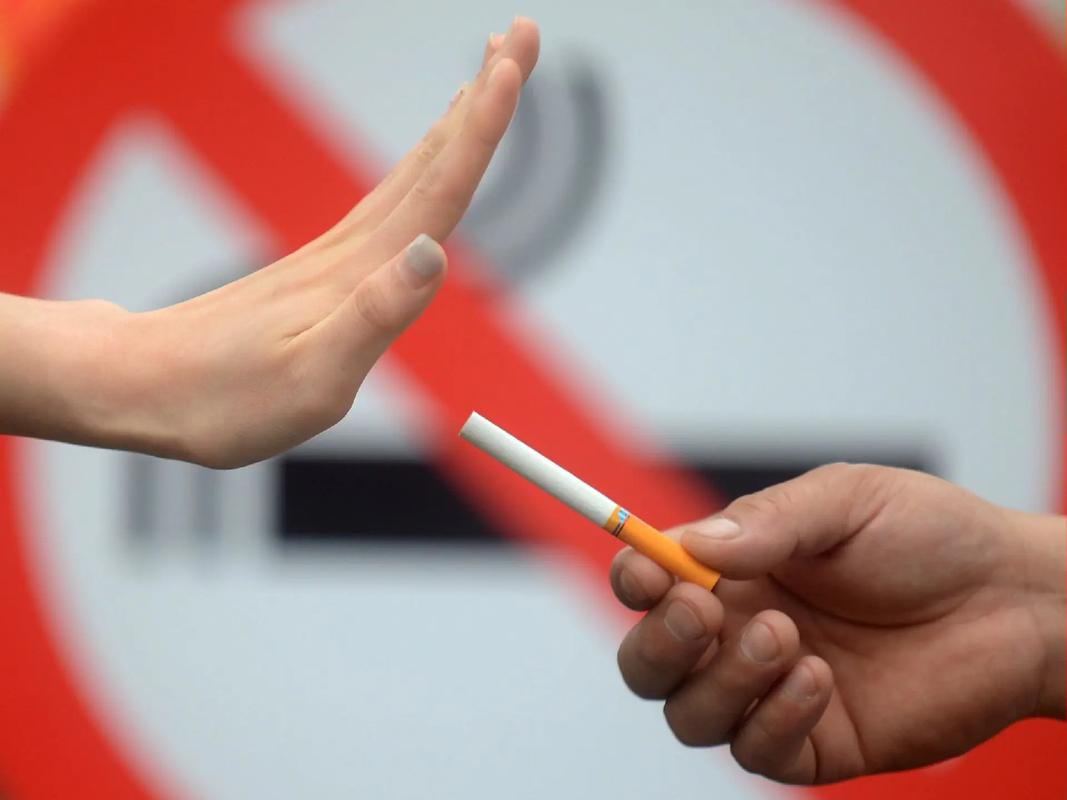The Unseen Lung Expansion: How Tobacco Use Increases the Functional Residual Capacity to Predicted Value Ratio
We often picture the damage from smoking in stark, dramatic terms: the blackened lungs, the persistent cough, the struggle for breath. These images are powerful and accurate, but they can overshadow a more subtle, yet equally significant, change happening deep within the airways. One of the most paradoxical and misunderstood effects of long-term tobacco use is its impact on a specific lung volume known as Functional Residual Capacity (FRC). Contrary to what one might assume, smoking doesn't always shrink the lungs; in its earlier stages, it can actually cause them to hold more air than they should, even as that air becomes progressively more toxic and less useful. This phenomenon is clinically observed as an increase in the Functional Residual Capacity to Predicted Value percentage, a key metric that offers a profound window into the silent, structural war tobacco wages on our respiratory system.

To truly grasp this concept, we must first understand what these terms mean. Imagine taking a normal, gentle breath out—the kind you do without even thinking. The air left in your lungs after that passive exhalation is your Functional Residual Capacity. It's not your maximum lung capacity; rather, it's the balance point, the resting volume where the natural elasticity of your lungs pulling inward is perfectly matched by the chest wall's tendency to spring outward. This FRC is crucial because it acts as an internal buffer, ensuring that there is always a reservoir of air in contact with your blood, allowing for continuous oxygen and carbon dioxide exchange, even between breaths.
Now, what is the Predicted Value? Medicine recognizes that we are not all the same size. A predicted value is a statistically normal range for a lung volume like FRC, calculated based on a person's age, height, sex, and ethnicity. It’s the gold standard for what your lungs should be capable of. When we talk about the FRC % Predicted, we are comparing your actual FRC to this ideal, personalized benchmark. A value around 80-120% is typically considered normal. When this percentage begins to climb significantly above this range, it's a red flag, signaling that the lung's fundamental mechanics have been altered.
So, how does tobacco smoke orchestrate this seemingly counterintuitive expansion? The primary culprit is the destruction of the lung's elastic architecture. Deep within the delicate air sacs, or alveoli, are elastic fibers that act like countless microscopic rubber bands. Their job is to squeeze during exhalation, helping to push the used air out efficiently. The thousands of toxic chemicals in tobacco smoke, especially the potent oxidants and irritants, trigger chronic inflammation. This inflammation recruits immune cells that, in their attempt to fight the invaders, end up releasing enzymes that degrade and break these precious elastic fibers. This process is the hallmark of emphysema, a key component of Chronic Obstructive Pulmonary Disease (COPD).
As this elastic recoil is lost, the lungs lose their ability to deflate properly. They become floppy and over-inflated, much like an old, overstretched balloon that doesn't snap back. At the end of a normal breath out, they are left holding more air than they should. This is the direct mechanism behind the elevated FRC due to tobacco use. The lung's resting balance point has been forcibly shifted to a higher, less efficient volume. This is not a sign of health; it is a sign of lung hyperinflation from long-term smoking, a state where the engine is idling too high, with profound consequences.
This state of chronic over-inflation has several direct and debilitating effects on respiratory function and overall health. Firstly, it places the respiratory muscles, particularly the diaphragm, at a severe mechanical disadvantage. The diaphragm, the primary muscle of breathing, is dome-shaped. In a state of hyperinflation, it is pushed downward and flattened, weakening its contractile force. Imagine trying to inflate a balloon that is already half-full—it requires much more effort. This leads to the classic sensation of breathlessness, even during minor activities, because the breathing pump is inefficient. This is a core reason behind the impact of smoking on lung volume mechanics.
Secondly, while the total volume of air in the lungs is increased, the quality of gas exchange deteriorates dramatically. In emphysema, the walls between alveoli are destroyed, creating larger, but fewer, ineffective air spaces. This reduces the total surface area available for oxygen to pass into the blood. Furthermore, the increased FRC can compress and narrow the small airways, trapping stale air deep within the lungs. This tobacco-induced air trapping means that fresh air has a harder time reaching the alveoli, leading to a drop in blood oxygen levels, a condition known as hypoxemia.
The progression of this relationship between FRC increase and COPD development is often insidious. In the early stages, a person may not feel overtly short of breath. The body compensates. However, pulmonary function tests (PFTs) can detect this rising FRC % Predicted long before symptoms become severe. It serves as an early warning signal of developing obstructive lung disease from smoking. As smoking continues, the hyperinflation worsens, the breathlessness becomes more apparent, and the individual's exercise capacity steadily declines. They find themselves unable to keep up with peers, often attributing it to "being out of shape" or "aging," while the true culprit is the progressive mechanical failure of their lungs.
It is also critical to address the question of smoking cessation. Many wonder, "If I quit now, will my lungs go back to normal?" The damage to the elastic fibers is, for the most part, permanent. The body cannot regenerate them. Therefore, the structural changes leading to the elevated FRC are largely irreversible. However, this does not mean quitting is futile—it is the single most important action one can take. When you stop the onslaught of tobacco smoke, the chronic inflammation begins to subside. The rate of decline in lung function slows dramatically, returning to a near-normal, age-related slope. The relentless progression towards severe COPD is halted or significantly delayed. The goal shifts from reversal to preservation. Quitting smoking is the definitive intervention for managing functional residual capacity in smokers, preventing the situation from becoming catastrophic.
Beyond smoking cessation, other strategies can help manage the symptoms of hyperinflation. Pulmonary rehabilitation programs are cornerstone treatments. They teach techniques like "pursed-lip breathing," which creates back-pressure in the airways during exhalation, helping to keep them open longer and reduce air trapping. Specific exercises also strengthen the auxiliary respiratory muscles, helping to compensate for the weakened diaphragm. In severe cases, medical interventions like bronchodilators can help relax the airway muscles, and in select patients with advanced emphysema, surgical procedures like Lung Volume Reduction Surgery (LVRS) can be considered to remove the most damaged, over-inflated parts of the lung, allowing the healthier remaining tissue and the diaphragm to function more effectively.
In conclusion, the increase in the Functional Residual Capacity to Predicted Value percentage is far more than a numerical oddity on a medical chart. It is the physical manifestation of a lung that has lost its spring, a system forced into a state of inefficient, labored idling. It explains the profound fatigue and breathlessness that characterizes smoking-related lung disease, linking the microscopic damage at the cellular level to the very real struggle of climbing a flight of stairs. Understanding this pathophysiology of FRC changes from tobacco empowers individuals to see beyond the cough and recognize the silent, expanding burden within their chests. It underscores a vital message: respiratory health is not just about how much air you can take in, but crucially, about how well you can let it out.












